High-quality magnesia carbon bricks for EAF
At present, the furnace walls of electric furnaces are almost all built with high-quality magnesia carbon bricks, so the life of high-quality magnesia carbon bricks determines the service life of electric furnaces. The main factors that determine the quality of magnesia carbon bricks for electric furnaces include magnesia purity of MgO source, types of impurities, periclase Grain bonding state and grain size; purity, degree of crystallization, and flake size of flake graphite as a source of carbon introduction; the thermosetting phenolic resin is usually used as a binder, and the main influencing factors are the amount of addition and residual carbon. It has now been proved that adding antioxidants to magnesia carbon bricks can change and improve its matrix structure, but when used under normal operating conditions of electric furnaces, antioxidants are not a necessary raw material for magnesia-carbon bricks, but only for arcs with high FeOn slag. Furnaces, such as the use of direct reduced iron or parts with irregular oxidation and hot spots of electric furnaces, can become an important part of magnesia-carbon bricks by adding various metal antioxidants.
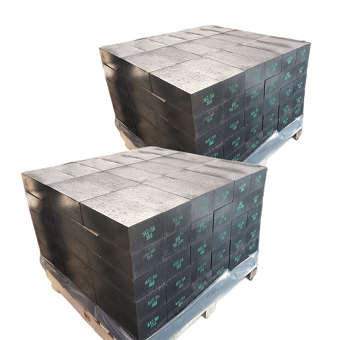
The corrosion behavior of high-quality magnesia carbon bricks used at the slag line is characterized by the formation of an obvious reactive dense layer and a decarburized loose layer. The reaction dense zone also becomes the slag intrusion zone, which is the erosion zone where the high-temperature liquid slag infiltrates the inside of the brick body after the magnesia-carbon brick is decarburized to form a large number of pores. In this region, FeOn in the slag is reduced to metallic iron, and even the resolubilized phase and intergranular Fe2O3 dissolved in MgO are also reduced to metallic iron. The depth of slag penetration into the brick is mainly determined by the thickness of the decarburized soot layer, which usually ends at the place where the residual graphite is present. Under normal circumstances, the decarburized layer in high-quality magnesia carbon bricks is relatively thin due to the presence of graphite.
There are two ways of tapping in the electric furnace: tilting tapping and bottom tapping. When the tapping groove is used for tilting, the high-quality magnesia carbon bricks are basically not used, but Al2O3 or ZrO2 is selected, and non-oxygen substances such as C, SiC, and Si3N4 are added. When bottom tapping is used, the tapping hole is composed of outer sleeve bricks and inner tube bricks. The tapping port at the bottom of the furnace adopts high-quality magnesia carbon bricks tube bricks, and the diameter of the tube bricks is determined according to factors such as furnace capacity and tapping time. Generally, the inner diameter is 140~260mm.
The electric furnace of a steel plant uses the middle and low block magnesia-carbon bricks in the tap hole, and the two sides of the copper tap instead of the original sintered magnesia bricks have initially achieved good results, and the furnace age has been increased from about 60 furnaces to more than doubled. After use, the high-quality magnesia carbon bricks at the slag line remain relatively intact and do not stick to slag. The slag line part does not need to make up the furnace, which not only reduces the labor intensity but also improves the purity and productivity of the molten steel.
-
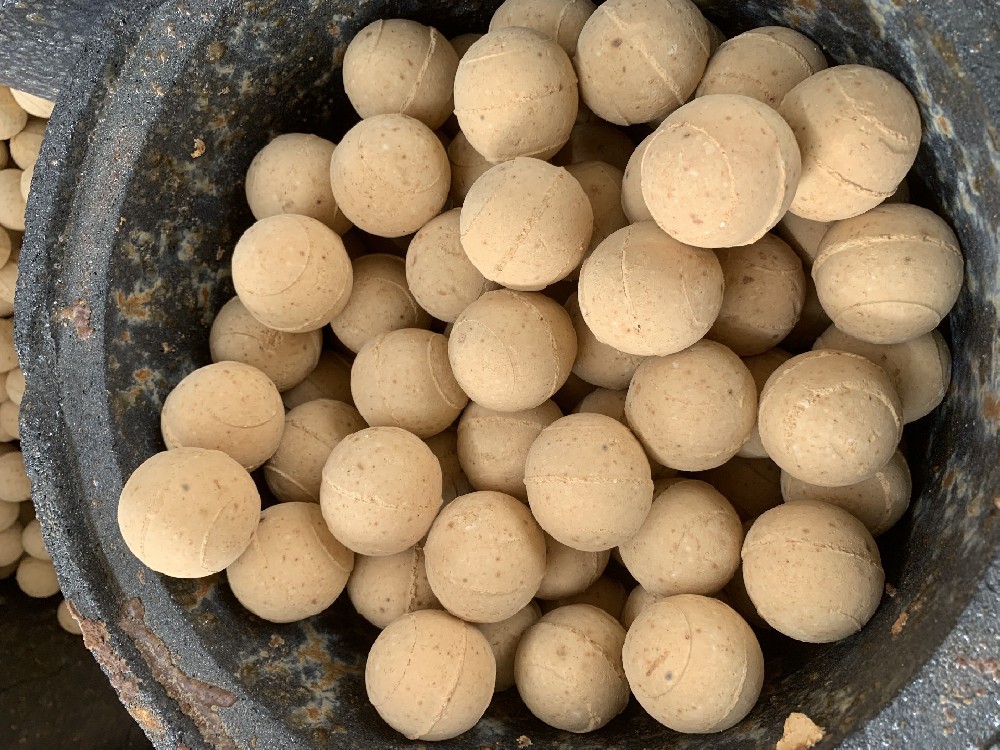
Thermal storage alumina balls
The Thermal storage alumina ballsis made of industrial alumina and refractory kaolin as the main raw materials through scientific formula, forming and high-temperature calcination.Thermal storage alumina ballss are divid··· -
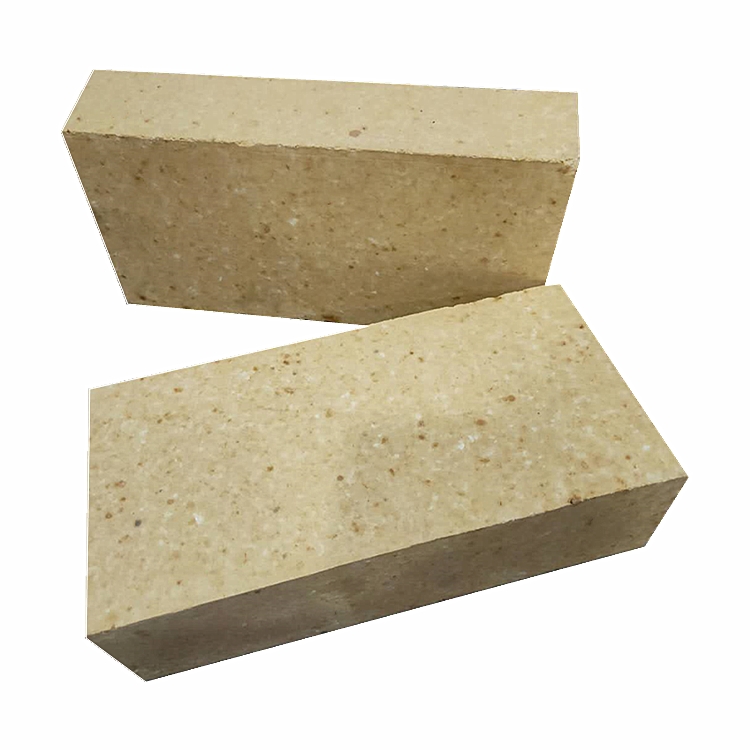
Anti-stripping high alumina brick
Use description of Anti-stripping high alumina brick1. Anti-stripping high alumina brick has a good application in low temperature parts such as large and medium-sized cement precalciner, kiln smoke chamber, indoor decom··· -
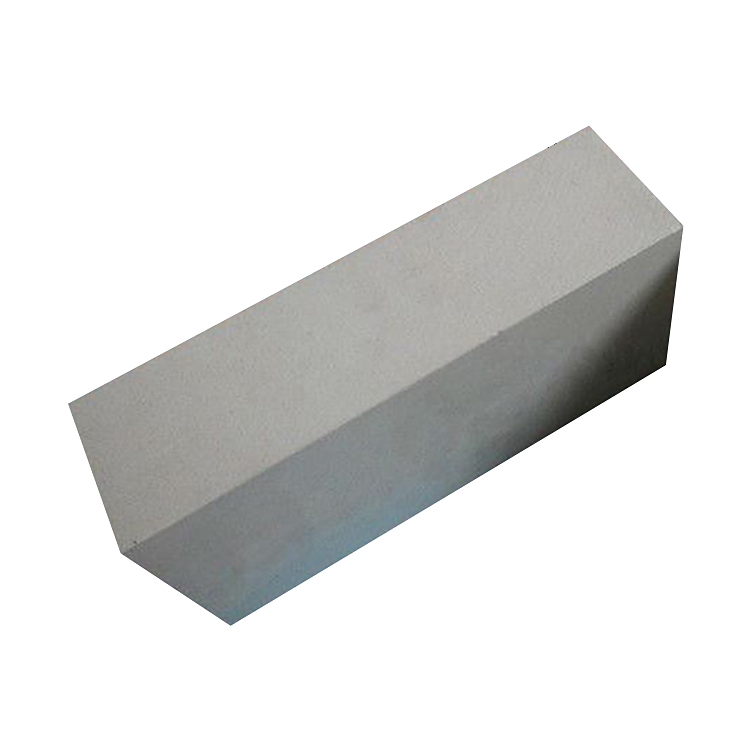
Anti-stripping high alumina bricks
Anti-stripping high alumina bricks are made of high alumina bauxite clinker, mullite, kyanite, zircon sand, and binder after granulating and powdering processes, mixed in a certain proportion, pressed into shape, and fir··· -
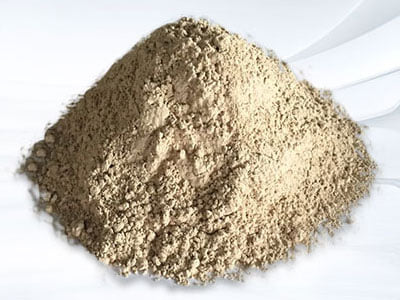
silica hot repair refractory
Performance index of silica hot repair refractoryThe material is a kind of plastic unshaped refractory material, its main component is SiO2, it is made of special clinker and various binders and additives, and it is proc···

